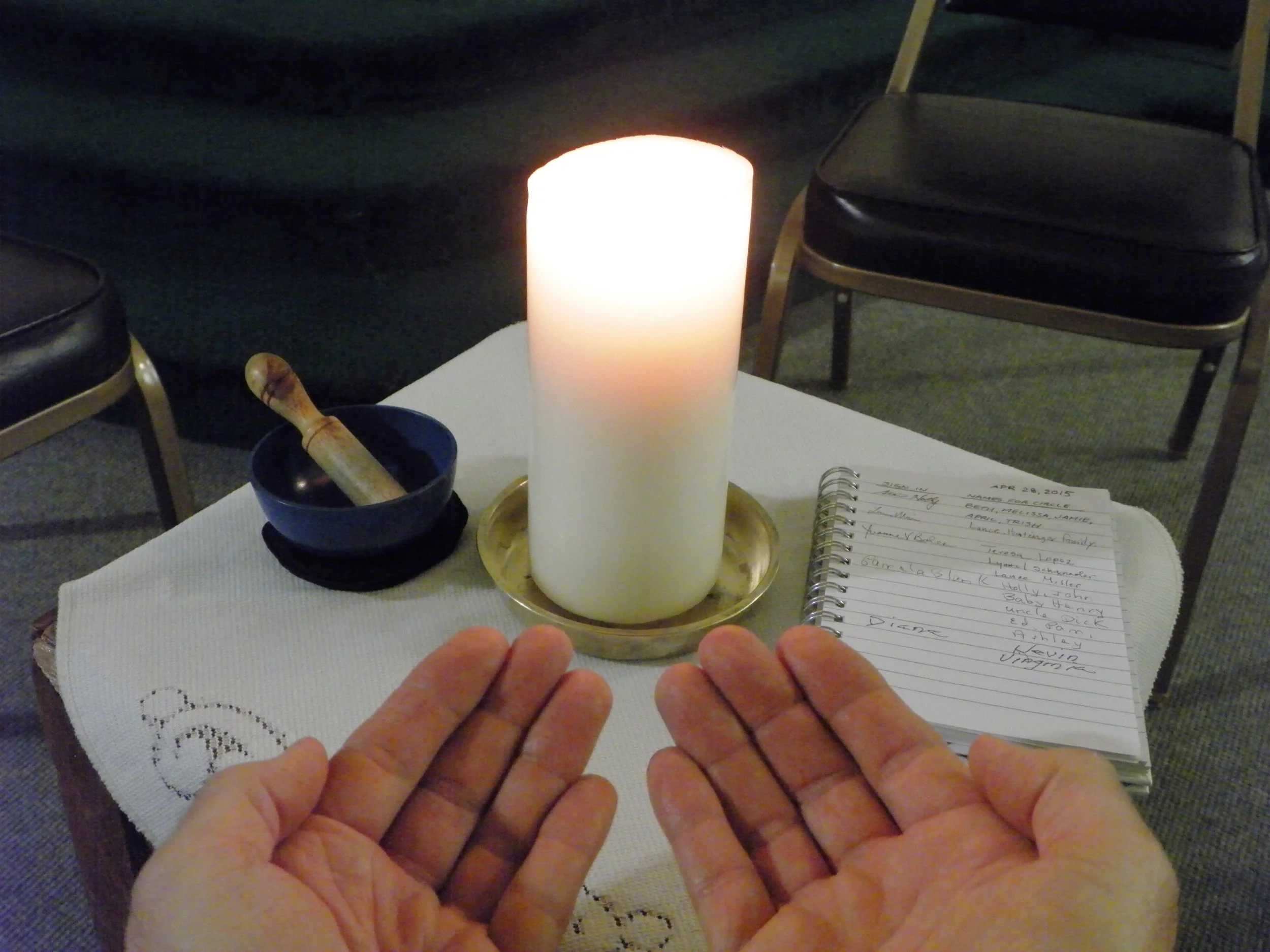Getting There
/Did you know that in the late 19th century for a few coins you could ride a trolley all the way from Oakland down East 14th Street (now Mission Blvd.) to rural Hayward? Or take a horse drawn railcar from the Patterson Ranch (now Ardenwood) to Centerville? Or take a train ride to Niles Canyon for a pleasant picnic along Alameda Creek and listen to the sounds of John Philip Souza’s band? Many enterprising trolley and railroad companies in cities across the country began to build picnic and recreation areas along or at the end of their rail lines to encourage weekend ridership and to boost revenue. In addition to picnic grounds many of the parks would include carousels, pavilions, live entertainment and if the park was located near a lake or beach, swimming and other water activities would typically also be available. By the turn of the 20th century many of the large cities in the country could boast a trolley park; more than a thousand in all. The Coney Island Railroad was one of the first to attract fun seekers to what would become three of the earliest and most successful American amusement parks; Steeplechase Park, Luna Park and Dreamland. Attendance at the Coney Island parks on a hot summer Sunday would often reach a million people!
Closer to home, Oakland’s Idora Park was situated next to the bay at the end of a trolley line, Alum Rock Park in San Jose offered bucolic pleasures as well as a small zoo and in San Francisco you could hop on a trolley for a nickel to reach all the exciting diversions at the end of the line at Sutro Baths and Playland-at-the-Beach. By the 1940’s the East Bay was served by the far reaching Key System, an electrified streetcar and suburban train system that provided regular service across the San Francisco Bay Bridge. Key System was ultimately dismantled in favor of the increasingly popular and financially accessible automobile. Not surprisingly traffic became an increasing problem and the Bay Area Rapid Transit District was formed. Ironically the traffic solution was a technologically updated high speed rail system not unlike its earlier predecessors. Today BART is the 5thbusiest rapid transit system in the country operating over 112 miles with 46 stations and carrying 125 million passengers annually.
Bay area transportation has changed greatly during the past century in order to serve the needs of the growing population. Here at UCH we are striving to meet the needs of our evolving congregation. In past weeks we have been led by Rev. Jeanne to listen to our still speaking God to vision who we are and what we are being called to do here in South Hayward. As stewards we will meet again in January to discern how to use our gifts, limitations and assets in order to best serve our community. –Bill












